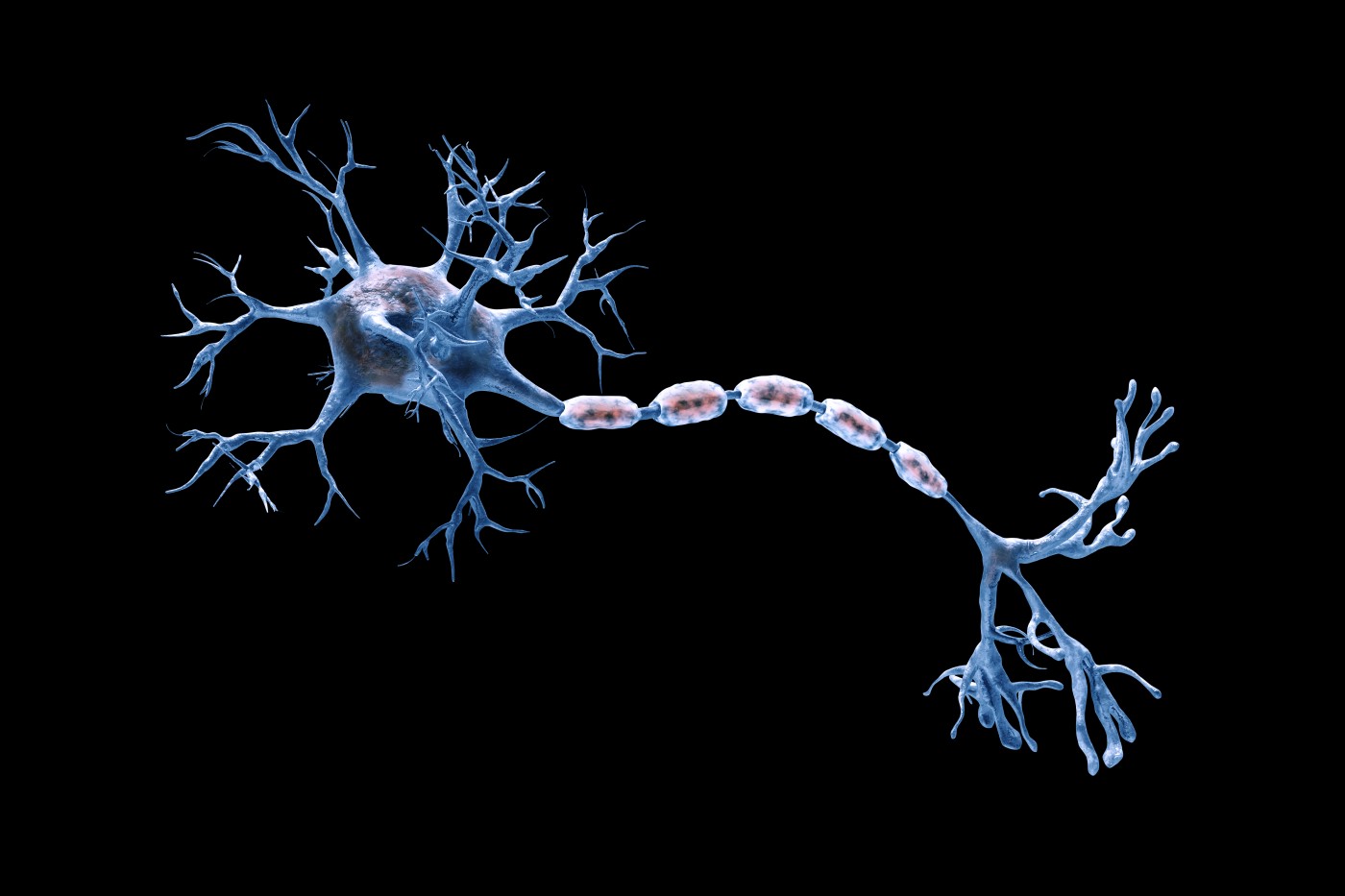National Ataxia Foundation Funds mTOR in Friedreich’s Ataxia Research

 As the most prevalent form of ataxia, Friedreich’s ataxia represents a major focus for research in the field of understanding disease mechanisms. Rising to the demand is researcher Simona Donatello, PhD at Universite Libre de Bruxelles in Brussels, Begium. Dr. Donatello was recognized by the National Ataxia Foundation with a Young Investigator Research Award for work investigating “The Role of mTOR in Friedreich’s Ataxia and Identification of New Pathways for Therapeutic Intervention.”
As the most prevalent form of ataxia, Friedreich’s ataxia represents a major focus for research in the field of understanding disease mechanisms. Rising to the demand is researcher Simona Donatello, PhD at Universite Libre de Bruxelles in Brussels, Begium. Dr. Donatello was recognized by the National Ataxia Foundation with a Young Investigator Research Award for work investigating “The Role of mTOR in Friedreich’s Ataxia and Identification of New Pathways for Therapeutic Intervention.”
Not only is Friedreich’s ataxia relatively common compared to other ataxias — one in 50,000 people in the United States have the disease, according to the Friedreich’s Ataxia Research Alliance — but it is also incurable. Patients inherit or develop a mutation in the gene encoding the protein frataxin. Consequently, much of the research into treatments for Friedreich’s ataxia focus on the genome and ways to increase frataxin expression.
Dr. Donatello takes a different approach. In herlaboratory, researchers are focusing on how mechanistic Target of Rapamycin (mTOR), a protein involved in critical cell functions, affects Friedreich’s ataxia disease pathogenesis. Many gaps exist in the knowledge of mTOR signaling pathways in cells within Friedreich’s ataxia patients, and Dr. Donatello’s initiative to fill the gaps drew the attention of the National Ataxia Foundation.
“Up to now, a systematic study of this pathway in Friedreich’s ataxia is still missing and the mechanisms connecting frataxin to mTOR are still unclear and debated in literature,” stated Dr. Donatello. “Therefore we believe that a better understanding of the role played by mTOR in frataxin function will contribute to find novel targets for therapeutic intervention in Friedreich’s ataxia.”
From the small amount of previous research, Dr. Donatello believes mTOR affects different cells (astrocytes, neurons…) in different ways. To test this theory, the team will use in vitro cell models of glial (e.g. astrocytes) and neuronal cells generated from Friedreich’s ataxia patients’ own cells to make comparisons between healthy and diseased cells. They will modulate frataxin and mTOR protein synthesis and identify any connections between the two proteins.
To put these findings to use, the team will use the drug rapamycin to inhibit mTOR and see how frataxin expression and cellular oxidation change in Friedreich’s ataxia patient-derived cells. “Altogether, we think that these novel investigations will contribute to shed new light on the still unclear mechanisms that regulate frataxin physiology by possibly identifying new targets, such as those in the mTOR pathway, for Friedreich’s ataxia treatment and cure,” concluded Dr. Donatello.






